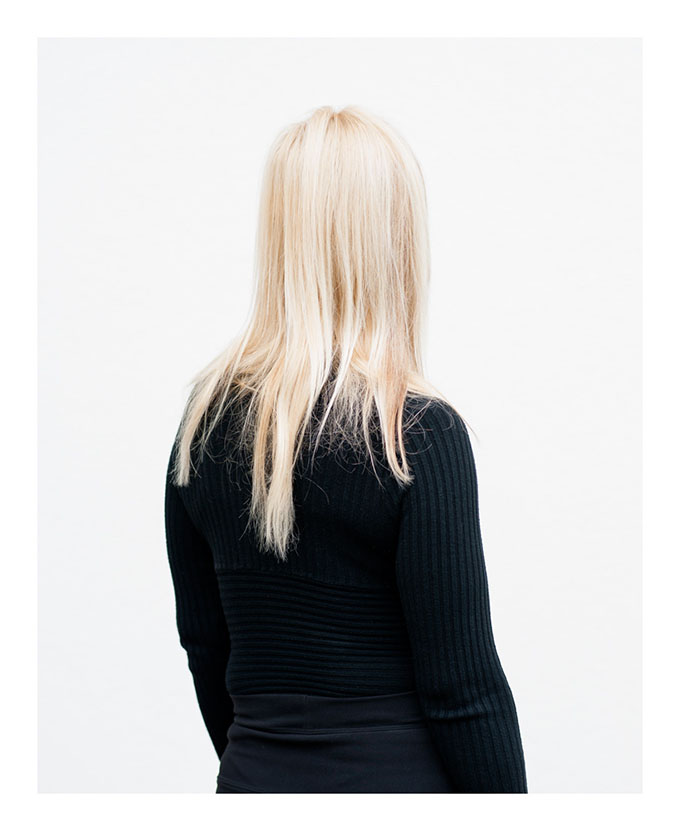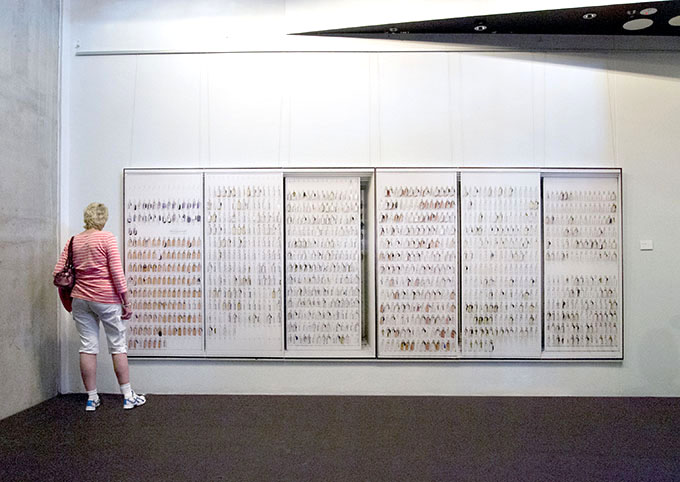Archive for November 2013
CENTRAL QLD PROJECT: REVIEW published in Queensland Review
…
The latest issue of the journal Queensland Review features a review by us of the exhibition The Central Queensland Project that was shown at the Powerhouse Brisbane from 22 July to 18 August, 2013.
As the journal has publishing rights over their commissioned review we are unable to publish the text here. The review can be accessed from Cambridge Journals with the following links–a charge applies unless you are able to gain access through an academic institution or library.
Queensland Review, ,Volume20, Issue02, December 2013 pp 238-240
http://journals.cambridge.org/abstract_S1321816613000329
As an introduction to the piece we provide the following:
.
Queensland, its society and natural resources, has been the source of investigation by photographers for over 150 years. In the 1860s surveyor and photographer Richard Daintree created a quantitative analysis of the region’s potential for development. Associated with this record was a significant visual document in the form of photographs. In the lead up to Australia’s Bicentennial of white settlement the Queensland Art Gallery commissioned 6 photographers under the title Journeys North, to travel the state and: ‘produce a portfolio of photographs on the theme of community life in Queensland’ (Williamson 1988: p5). Now, nearly 25 years after this latest project, two photographers, Kelly Hussey-Smith and Alan Hill, have travelled north with cameras to document the current life and situations of people far away from the urbanized southeast corner.
The products of this latest documentary coverage were presented as the exhibition The Central Queensland Project (CQP) at the Powerhouse in Brisbane from July 22 to August 18, 2013. In exhibition material the photographers claim that:
Given the complexity of the modern economy, and the insularity of city life, many of us are blind to what lies beyond the city limits. Through this project we seek to gain insight into the lives, values and experiences of Central Queenslanders (Hill and Hussey-Smith 2013).
.References:
Hill, A. and K. Hussey-Smith. (2013). “About: Central Queensland Project ” Retrieved 25 July 2013, from http://centralqldproject.com/about/.
Williamson, C. (1988). Journeys North – Photographic Practice in Queensland in the 1980s: one aspect. Q. A. Gallery. Brisbane, Queensland, Queensland Art Gallery.
.
.
A selection of installation photographs as well as images and captions commented on in the review are published here courtesy of the photographers Kelly Hussey-Smith and Alan Hill:
.
.

An exhibition visitor is photographed before the artwork Postcards From The Shires …Installation photo: Doug Spowart
.

The New Village
With 3048 beds, The MAC Coppabella is one of the largest workers villages in Australia and larger than many towns in the region. Up to 1000 people will check in or out on any given day.
.

5am
Three Moon Motel, Monto. FIFO and DIDO have entered the Australian vocabulary, along with debates about their social impacts. As a result, accommodation is often difficult to find, and motels have become temporary homes for transient workers.

Caterpillar Cowboy
Greg Barr introduced us to the phenomena of the Caterpillar Cowboy, which he describes himself as, being a ‘Cat’ machinery operator in the mines who is really a cowboy at heart. He and his partner Debbie run a modest property where they spend half the week on the land with their crops, cattle, and horses, and the other half of the week in the mines to support their rural lifestyle.

Karlaa
FIFO work does not just apply to mining. Karlaa works legally as a FIFO sex worker in the Central Queensland region. In 2010 Karlaa was asked not to return to a motel she had been working from discretely for two years after the proprietors realised she was a sex worker. She took the motel to court claiming discrimination on the basis of her profession. She initially lost this case, as it was found the motel did not discriminate against her because she was a sex worker, but because she was running her business from their premises. Many feared the decision would send the industry underground, resulting in unsafe working conditions and less transparency. Karlaa appealed the decision and in 2012 it was ruled that discrimination had taken place and the decision revoked. However, in November that year the Queensland Government made changes to the anti-discrimination act making it legal for moteliers and hoteliers to refuse sex workers accommodation.
Karlaa understands her profession may not appeal to everyone, but believes she has as much right as other businesses to take advantage of opportunities in the region.

From the ‘Transmission’ series
A section of the 540-kilometre long coal seam gas pipeline currently under construction crosses a property near Thangool. The pipeline stretches from southern Queensland to a liquefaction plant on Curtis Island near Gladstone.

From the ‘Transmission’ series
Coal and electricity are inextricably linked. In the first half of the 20th century, Brisbane’s electricity came from power stations in the city that were fuelled by coal from Ipswich. Now Queensland is part of a complex energy network not only spanning the state and the nation, but as the world’s largest coal exporter, the globe. Powerlines outside Middlemount.

From the ‘Extraction’ series
Coal mining in the Central Queensland region is a 24-hour operation. The night shift begins in a Bowen Basin coal mine near Mooranbah.

From the ‘Extraction’ series
Coal mining in the Central Queensland region is a 24-hour operation. Night shift in a Bowen Basin coal mine near Mooranbah.

From the ‘Transmission’ series
Tannum Sands, south of Gladstone. In addition to being a major coal port, Gladstone is the destination for several major coal seam gas pipelines snaking their way through the Central Queensland landscape. The pipelines will deliver gas to three major liquefaction and export facilities currently under construction on Curtis Island.
.
Photos © 2013 The Central Queensland Project Kelly Hussey-Smith and Alan Hill and installation photos Doug Spowart.
..
.
.
.
QCP FUNDING CUT: Statements 1&2 from the QCP Board
FOLLOWING ON FROM PREVIOUS POST: LETTER TO THE MINISTER SUPPORTING THE QCP.
NOW THE QCP HAS HAD ITS QUEENSLAND GOVERNMENT FUNDING CUT
STATEMENT #1 Posted by QCP today (November 11, 2013) on their Lucida Site:
.
UPDATE
THE QCP HAS BEEN ABLE TO NEGOTIATE SUPPORT TO CONTINUE ALL PROGRAMS AND PROJECTS INCLUDING THE QLD FESTIVAL OF PHOTOGRAPY, LA ART FAIR & CONFERENCE UNTIL THE END OF APRIL 2014
STATEMENT #2 Posted by QCP December 11, 2013 on their Lucida Site:
.
OTHER RELATED COMMENTARIES:
Overland Website – Article by Alison Croggon:
http://overland.org.au/previous-issues/issue-212/feature-alison-croggon/
.
Tamara Winikoff on current cuts to the Arts in Queensland:
http://www.artshub.com.au/news-article/news/all-arts/savage-queensland-arts-cuts-197252
.
Article by David Broker, director of CCAS, reflecting on funding cuts by the Queensland Government to QCP:
http://canberracontemporaryartspace.wordpress.com/2013/11/04/qcp-hard-times/
.
ImageNews comments:
http://imagenews.com.au/article/savage-implementation-reform
.
.











